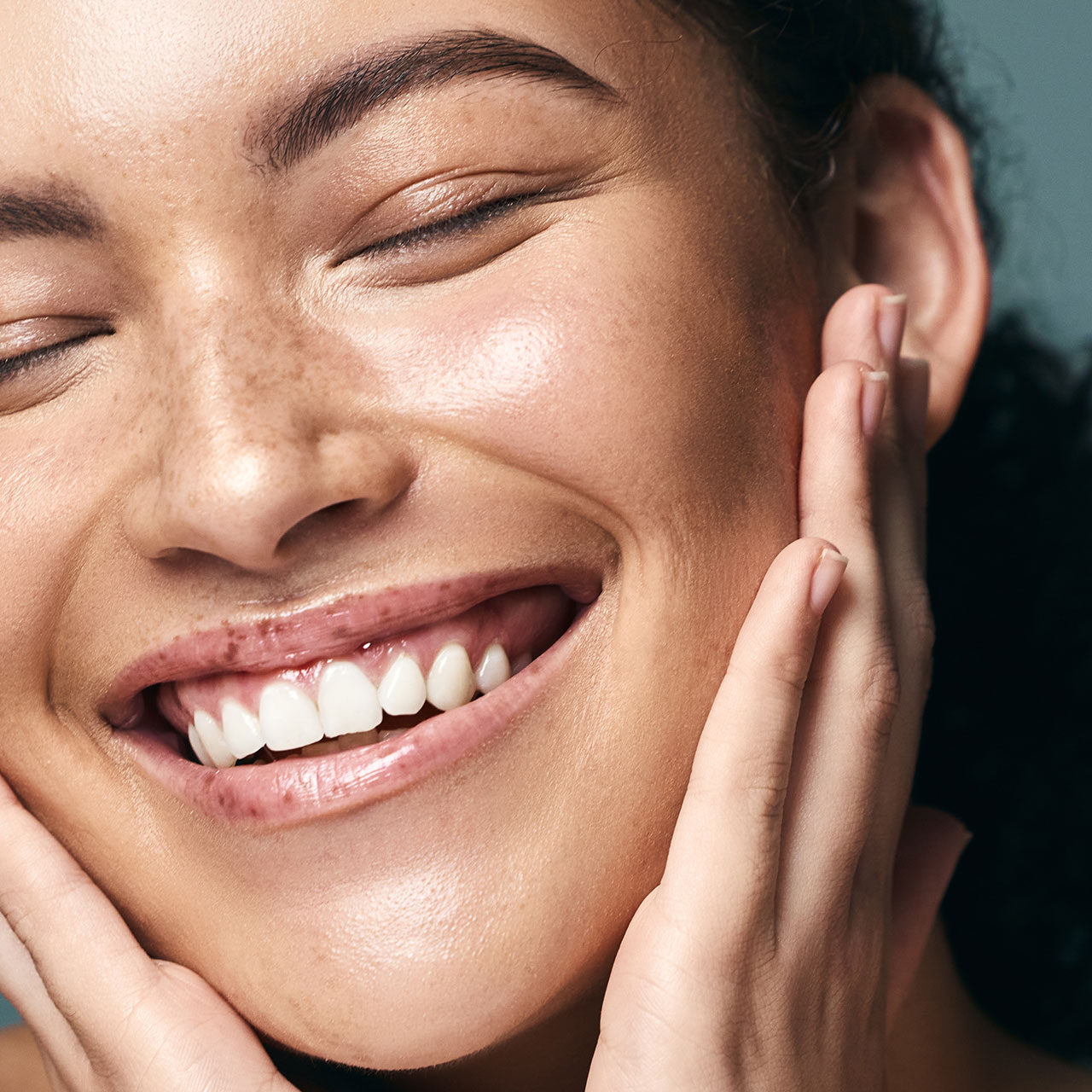Is there a skin issue as stubborn and hard to treat as dark spots (otherwise known as hyperpigmentation)? No doubt, it’s up high on that list. While there are numerous ingredients that are tried-and-true pimple squashers, for example, the same doesn’t apply when it comes to dark spots. Prevention is your best defense — and this involves wearing SPF every day, including when it’s overcast as UV rays contribute to uneven skin tone. But we know how frustrating it is to only hear about the importance of sunblock when you already have dark spots you’re trying to banish. So we went straight to the experts and asked two dermatologists to reveal their best tips on how to reduce dark spots. Here’s what they have to say.
Three Approaches For Dark Spots
There’s no one-size-fits-all rule when it comes to tackling dark spots, according to Dr. Crystal Dinopol, a board-certified dermatologist and writer for payitforwardfertility.org. But there are three basic approaches:
- Topical treatments
- Light/Laser technology procedures
- Ablative procedures
“Topical treatments include OTC brightening serums with arbutin, niacinamide, vitamin C, and AHA to prescription-grade hydroquinone, retinoids, and combination creams,” Dr. Dinopol said. “Laser treatments include picosecond lasers, alexandrite lasers, ND-YAG, and yellow lasers. These work by popping pigment granules deep in the skin and allowing your immune system and lymphatics to clear out the pigments within weeks.”
And ablative procedures include microneedling, Fractional CO2 lasers, and chemical peels that physically remove the damaged layers of the skin and allow for repair and renewal, Dr. Dinopol added — though keep in mind that these require more downtime and can be painful compared to the other treatments.
“Any combination of the treatments above is employed to address specific pigmentation problems,” Dr. Dinopol said. “Whatever combination though, sun protection remains the cornerstone of preventing any further pigmentation and sun damage.”
At-Home Topical Treatments
While you’re considering more in-depth (and more expensive) treatments like lasers and micro needling, Dr. Natalie Carlton, a dermatologist who specializes in cosmetic dermatology, recommends three ingredients that you either have in your pantry right now or can easily purchase at your local drug store.
Aloe Vera
“Aloe vera is excellent for lessening the appearance of sunspots since it contains the active component acemannan,” Dr. Carlton said. “You might be able to quickly eliminate the visibility of your black spots by daily applying a thin layer of aloe vera to them.”
Lemon Juice
“Lemon juice is a tried-and-true treatment for fading dark spots and whitening hair,” Dr, Carlton said. “Just keep in mind that lemon juice might cause the skin to become dry. Be sure to put the lemon juice aside if you think it’s causing more damage than good.”
Hydroquinone
For hyperpigmentation, hydroquinone is a frequently used component in both over-the-counter and prescription formulations, according to Dr. Carlton. “Basically, it lightens the skin via fewer melanocytes (cells that produce melanin) being present,” she said. “While some (those with fair skin) may find these products to be beneficial, they frequently have negative side effects. In fact, those with darker skin tones who use hydroquinone may actually have worsening hyperpigmentation. Additionally, individuals with dry or sensitive skin may experience skin irritation and dryness as a result of this component.”
If dark spots continue to trouble you and you can’t seem to find an effective solution for dealing with them, be sure to visit a board-certified dermatologist who can provide a more personalized and targeted skincare routine that can help.


























